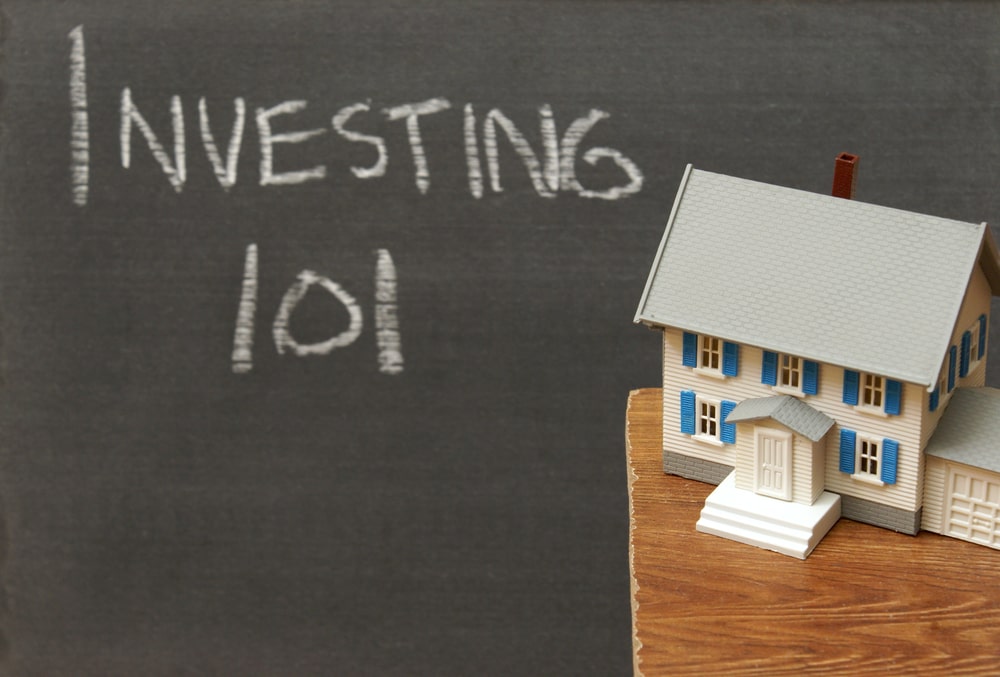There are many that metrics investors or executives can use to determine how profitable companies are, how good of an investment a given organization might be, and how successful a business should be in the future. But one of the most crucial metrics to understand is ROA or return on assets, which essentially tells you how profitable an organization is compared to the total assets it owns.
In many cases, return on assets analysis can tell an investor or analyst whether a company’s management knows what it’s doing or if it’s using its assets appropriately to generate earnings. Not sure how to calculate or measure ROA? You’ll need to know how to do this if you want to one day sell your asset for its maximum value.
Today, we’ll break down how you can calculate return on assets and provide specific examples so you understand this metric’s full value.
How to Calculate Return on Assets
As an ROI or return on investment formula, you can calculate return on assets for a company using a very basic equation:
ROA = Net Income / Average Assets
With this formula, you calculate a company’s net income and divide it by the average cost of its assets. To calculate average assets, you need to take a company’s ending assets that they own at the end of a fiscal year and add the value of their beginning assets, then divide the resulting sum by two.
Alternatively, you can calculate a company’s ROA using this adjusted formula:
ROA = Net Income / End of Period Assets
Instead, this adjusted formula has you find a company’s net income using the assets they have at the end of a given period, such as a business quarter or fiscal year. In both cases, net income is the net earnings or income earned in a given annual period or fiscal year. Let’s break down the ROA formula with an example so you fully grasp how to use it:
Imagine that you have a business with a net income of $10 million for its current operations. The business owns $50 million, according to its balance sheet. To determine the return on assets, take $10 million and divide it by $50 million. This gives you 0.2 or an ROA of 20%.
In simpler terms, for every dollar of assets the company invests in, it only gets $.20 in net profit per year. A higher ROA would be better and indicate that the example company is a better investment opportunity.
[ Thinking about investing in real estate? Register to attend a FREE online real estate class and learn how to get started investing in real estate. ]

What is Return on Assets?
Return on assets is always displayed as a percentage. The higher a company’s ROA is, the better it looks to the investor or analyst doing the measuring.
For any business, the point is to increase its efficiency and make the most profit from its available resources. The return on assets compares the value of a business’s total assets against the profits it makes (theoretically) using those assets (since it imagines that every business asset contributes in some way to the business’s profit potential).
In this way, the return on assets is very crucial for business owners and potential investors alike. It helps them understand how well the company is using its financial and productivity resources by showing you how much money you make per dollar spent on assets. In the example described above, the company was only making $.20 in profit per year for each dollar it spent on assets like production materials, employees, commercial real estate, etc. If you can increase the ROA, it’ll make more profits per year for every dollar spent on assets and be a more profitable company overall (not just in raw revenue).
What is a Good ROA?
While a higher ROA is always better than a lower ROA, most companies don’t reach particularly high ROAs for quite some time (if ever). Because of this, many investors consider a return on assets of 5% to be pretty decent. If the company’s return on assets is over 20%, it’s an excellent investment or is performing very well indeed.
That said, an investor or analyst should always compare a company’s ROA against other companies or organizations in the same industry or sector. For example, it would not be wise to compare a software company’s ROA against the ROA of a food service company since the two businesses are entirely different and have different profit margins, resource costs, and more.
The Return on Assets Formula
Let’s return to the return on assets formula and break it down in a little more detail.
Calculating ROA Using Average Assets
As mentioned, the core version of the return on assets formula uses average assets as the dividing factor in the equation. The “average assets” can best be understood as the average value of a company’s assets over an entire fiscal year. Why bother calculating this? Because many companies have different levels or values of assets throughout the year.
Some companies have more assets at the beginning of the fiscal year, such as seasonal companies that sell most of their stuff or make most of their profits in the first few months of the summer or winter. Because of this, it’s usually better to calculate a company’s average asset value rather than relying on the asset value it has at the end or beginning of the fiscal year flat out.
You can determine a company or property’s average assets by taking the end-of-period assets, adding the beginning period assets, and then dividing the total by two.
Imagine that there’s a company with $16 million in assets at the end of the fiscal year and $14 million in assets at the beginning of the fiscal year. They took in another $2 million of assets to bolster the business over the fiscal year. To determine the average assets, take $16 million and add $14 million. That equals $30 million in assets. Divide the $30 million by two, and you get average company assets worth $15 million.
Now imagine that the example company has net revenue of $7 million per year. You can plug the numbers into the formula and get:
ROA = $7 million / $15 million = 0.4666%
This company does pretty well in terms of return on investment!
Calculating ROA Using Total Assets
While most investors or analysts will examine a company using average assets, you may also wish to use the ROA formula with total assets instead. The formula looks very similar, just like this:
ROA = Net Income / Total Assets
Total assets are essentially the same as “end of period” assets described earlier. This version of the formula is best used with companies that do not have fluctuating asset values, such as companies that make roughly the same profits throughout the year. To determine total assets, look at a company’s balance sheet and find the total assets remaining at the end of a financial period. You can calculate the ROA of a company on a quarterly, monthly, or yearly basis, depending on your needs.
Return on Operating Assets
There’s one more version of the return on assets formula you should understand: return on operating assets. “Operating assets” are simply the assets that a company uses to generate a profit. Many companies may have various assets under their name that they don’t use either because they are switching business focuses, they only use them for a tiny part of the year, or they are depreciated junk that the company needs to get rid of.
Because of this, you may wish to use the return on operating assets formula if you’re analyzing a company whose true value or efficiency may not be determined by its net income divided by its total assets. You can determine the return on operating assets by using the following equation:
ROOA = Net Income / (Total Assets – Assets Not in Use)
In this equation, you find the operating assets by taking the company’s total asset value and subtracting the value of any assets not currently in use. Then you can plug that number into the basic return on assets equation and get your percentage. Here’s an example to see this equation in action:
Say you have the same company with $16 million in assets as before. However, the company has $5 million in assets that are not in use and are not actively contributing to the profits the company makes. $16 million – $5 million equals $11 million. The company has the same net income of $7 million. The resulting formula for return on operating assets works out to this:
ROOA = $7 million / $11 million = 0.63%

The Importance of Understanding ROA
As you can see from the above example equations, return on assets can help investors or analysts fully understand how much money a company really makes when you consider the cost for its assets. It can also help investors determine how well a company’s management team uses its available resources to maximize profit potential. There are other advantages to understanding ROA, including:
Better ability to gauge profits. Simply looking at a company’s net income is not always enough to determine if a company is making as many profits as possible. ROA helps show you if a company or another investment vehicle has good profits for the investments it regularly makes in its assets
Better ability to spend money wisely. If you’re an investor just starting out, you need to invest in only the best properties, companies, or other vehicles. Using ROA, you can determine whether a company is really a good investment choice or not.
Improved ability to analyze management performance. More than anything, ROA helps give you a look at the performance of a company’s management team. Should you decide to invest, you may wish to switch out the management team for more efficient or proactive individuals or keep the same management team if they are doing well so far.
Summary
Ultimately, knowing how to calculate return on assets is important to ensure that you make an educated investment, whether you want to invest in a company, a property, or something else entirely. Any investor looking to one day sell an asset must know how to calculate the ROA, so they know the asset’s true value and, therefore, how much they can charge for it to any potential buyer. But ROA is just the beginning. There’s a wealth of knowledge you need to become the best investor possible.
Ready to start taking advantage of the current opportunities in the real estate market?
Click the banner below to take a 90-minute online training class and get started learning how to invest in today’s real estate market!


